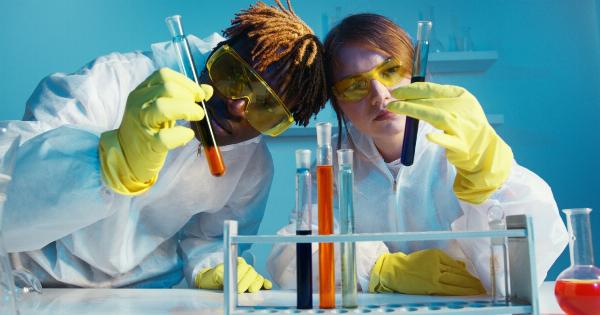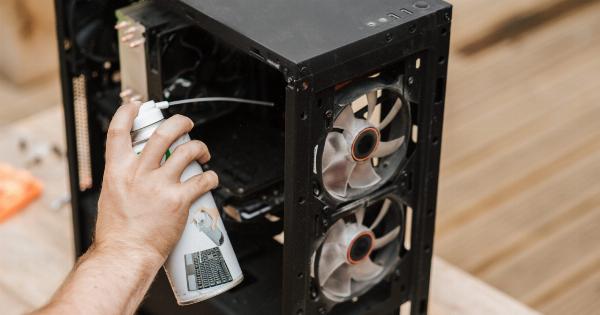The demand for liver transplants far exceeds the availability of suitable donor organs, leading to long waiting lists and a high mortality rate for patients.
The primary reason for this scarcity is the limited preservation time for livers outside the human body. However, a recent breakthrough in technology has the potential to revolutionize liver transplantation by significantly extending the viability of donor livers.
The current challenge: limited preservation time
Liver transplantation is a complex surgical procedure that involves replacing a diseased liver with a healthy one. However, the success of this procedure depends on the quality and viability of the donor liver.
Livers are highly delicate organs that deteriorate rapidly after being removed from the donor’s body. The current preservation methods, such as cold storage, can keep the organs viable for only a few hours.
This limited preservation time poses a major hurdle for organ transplantation programs worldwide.
It not only restricts the geographical distribution of donor organs but also increases the risk of graft failure due to prolonged ischemia time, where the liver is deprived of oxygen-rich blood. Finding a solution to extend liver viability has been a long-standing challenge in the medical community.
A breakthrough innovation in organ preservation
Researchers at a leading medical institution recently made a groundbreaking discovery that could revolutionize the field of organ transplantation.
They developed a new preservation technique known as normothermic machine perfusion (NMP) to prolong the viability of the livers. NMP involves connecting the donor liver to a machine that mimics the normal physiological conditions of the human body, providing it with oxygenated blood, nutrients, and medications.
This breakthrough technology has been hailed as a game-changer in the field of liver transplantation.
By maintaining the liver at body temperature and supplying it with essential nutrients, NMP can extend the preservation time from a few hours to up to 24 hours or longer. This significant increase in viability offers numerous advantages for both surgeons and patients.
Advantages of extended liver viability
The implications of longer liver viability are immense. Here are some key advantages of the breakthrough technology:.
1. Increased transplant success rates
Extended preservation time allows transplant teams to better assess the quality of the donor liver before transplantation.
Surgeons can carefully evaluate the organ using advanced imaging techniques, assess its functional capabilities, and identify any potential issues that could affect transplant success. This increased scrutiny ensures that only the most suitable and viable livers are transplanted into patients, leading to higher success rates and improved patient outcomes.
2. Expand the pool of eligible donors
By extending the preservation time, NMP enables livers to be transported over longer distances, significantly expanding the pool of eligible organ donors.
This breakthrough technology has the potential to bridge the gap between organ supply and demand by making it possible to retrieve livers from geographically remote areas. This geographical flexibility offers hope to patients who may otherwise face prolonged waiting times or limited access to donor organs.
3. Opportunity for repair and rehabilitation
The prolonged preservation time provided by NMP opens up the opportunity for liver repair and rehabilitation. During the preservation period, surgeons can administer medications and therapies to mitigate any damage or injury sustained by the organ.
This intervention can help restore liver functionality, reducing the risk of complications post-transplantation and enhancing the overall health of the recipient.
4. Enhanced research and development
The ability to preserve livers for an extended period also creates new opportunities for research and development.
Scientists and medical professionals can conduct comprehensive studies on the liver’s behavior and response to different interventions, potentially leading to further advancements in transplantation techniques and therapeutic interventions.
Challenges and future prospects
While the breakthrough technology of NMP offers promising benefits, there are still several challenges and considerations to address:.
1. Cost and accessibility
Implementing NMP on a wider scale would require significant investments in equipment, infrastructure, and training. The affordability and accessibility of this technology in different healthcare systems worldwide remain key concerns.
Efforts are underway to explore cost-effective alternatives and make the technology more universally accessible.
2. Ethical considerations
With the potential to increase the availability of viable livers, ethical questions regarding organ allocation and distribution arise. It is crucial to ensure that the process of recipient selection remains fair and transparent.
Addressing these ethical considerations is essential for the equitable and just use of this breakthrough technology.
3. Long-term outcomes
Although the extended preservation time provided by NMP is a significant advancement, long-term outcomes and the impact on patient survival rates need to be thoroughly studied.
Continued research and follow-up studies are necessary to assess the efficacy and safety of this innovation.
Conclusion
The breakthrough technology of normothermic machine perfusion is poised to revolutionize liver transplantation by significantly extending the preservation time of donor livers.
This advancement offers numerous advantages, including increased transplant success rates, expanded donor pool, opportunities for repair and rehabilitation, and enhanced research possibilities. However, challenges related to cost, ethics, and long-term outcomes need to be carefully addressed.
With ongoing research and incremental improvements, this breakthrough has the potential to transform the field of organ transplantation, providing hope and improved outcomes for countless patients worldwide.





























